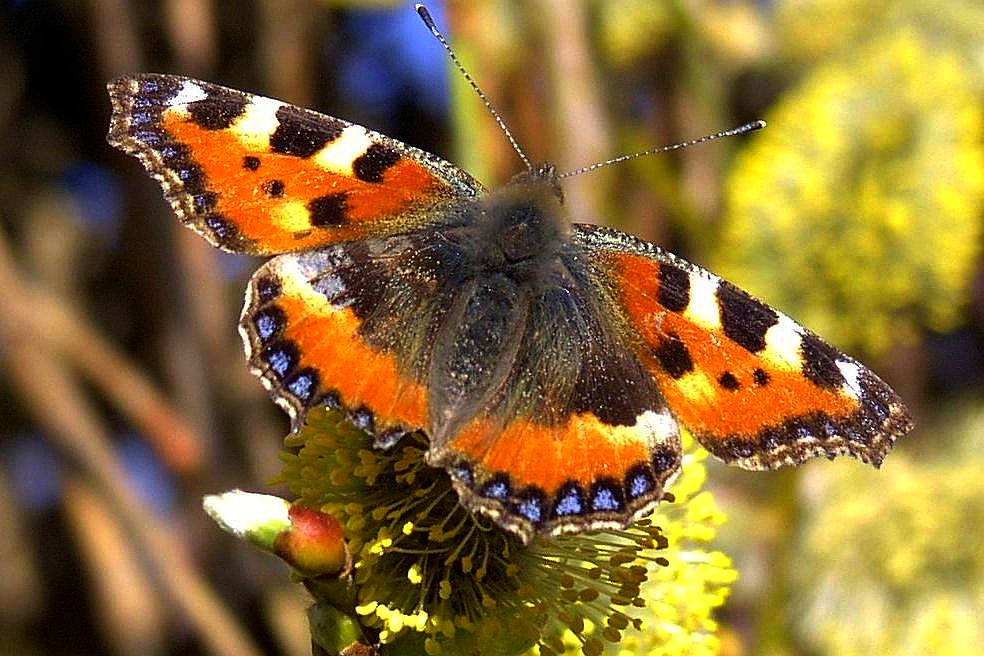 This was (according to the mighty Wikipedia) the title of a talk given by Edward Lorenz, one of the pioneers of chaos theory. Apparently, Lorenz didn’t come up with the title himself. He was too lazy/badly organised to give the organisers a title for his talk, so one of the organisers, in frustration, came up with this title. I can sympathise with the organisers here. I am currently organising a workshop, and am at the stage when my co-chair and I are trying to extract the last few titles from our speakers. It can be tricky to get some people to come up with a simple 10 to 20 word title.
This was (according to the mighty Wikipedia) the title of a talk given by Edward Lorenz, one of the pioneers of chaos theory. Apparently, Lorenz didn’t come up with the title himself. He was too lazy/badly organised to give the organisers a title for his talk, so one of the organisers, in frustration, came up with this title. I can sympathise with the organisers here. I am currently organising a workshop, and am at the stage when my co-chair and I are trying to extract the last few titles from our speakers. It can be tricky to get some people to come up with a simple 10 to 20 word title.
Anyway, back to the butterfly. Systems whose future behaviour can be dramatically perturbed by a butterfly’s wings, are called chaotic. The weather, including tornados, is the classic example. I don’t study anything as dramatic as tornados. But I do study a phenomenon that may (or may not) be affected by the flap of a butterfly’s wings. This is crystallisation.
The point is that the standard theory for how a crystal starts to form predicts that it is chaotic. Examples could be an ice crystal forming in droplet of water, or a copper sulphate crystallise forming in solution. The standard theory then predicts that the flap of a butterfly’s wings in the lab could result in a crystal forming maybe in, say, the bottom left of the solution, instead of at the top right, and maybe half an hour earlier, or later.
But, I think that often this is not true. That a butterfly could flap and flap its wings, without changing where the crystal forms. There is some experimental data that indirectly suggests this, so I am working on a theory to predict consequences of this, so that they can be tested.
Sadly, although introducing a butterfly into a lab is easy – my experimental colleagues would probably welcome the splash of colour – seeing if it makes a difference involves running the experiment, rewinding time and then repeating with a butterfly added. The rewinding time is the tricky bit, so although this thought experiment is beautiful, it is just a thought experiment, we need a real one.
